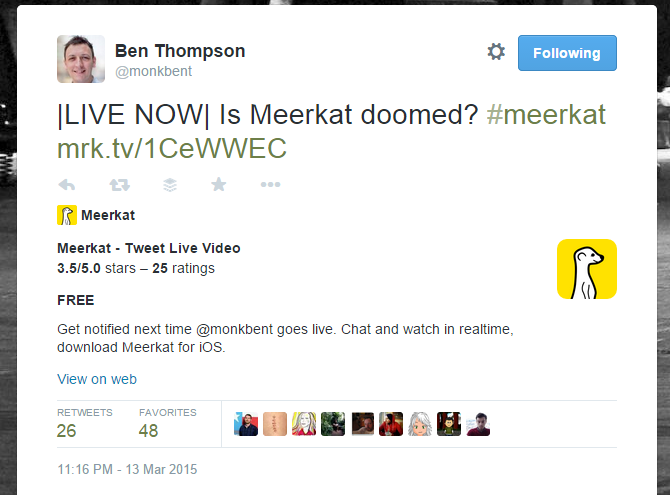It took only eleven minutes on an otherwise ordinary Thursday to set off the latest internet firestorm. A Twitter support agent took advantage of his last day at the office to briefly disable the controversial personal account belonging to one Donald J. Trump, who just so happens to be the current president of the U.S.
Earlier today @realdonaldtrump’s account was inadvertently deactivated due to human error by a Twitter employee. The account was down for 11 minutes, and has since been restored. We are continuing to investigate and are taking steps to prevent this from happening again.
— Twitter Government (@TwitterGov) November 3, 2017
Those eleven minutes triggered the typical polarized reactions. A large swath of the internet celebrated that an account with a long history of bullying and sharing falsehoods was suspended; another substantial group, on the other hand, felt vindicated in their assertions that the tech companies are inherently against them.
The truth, of course, is far more banal than either group would like to believe: an employee with particular views took advantage of his or her access and the opportunity afforded by their impending departure to make a political statement they believed in.
Twitter the company did not intend to take any particular action or stance on Trump's Twitter presence that day, and while you can debate whether or not they should, the actual discussion online and in the media seemed to focus on what support agents can and should be able to do.
It is shocking that some random Twitter employee could shut down the president's account. What if they instead had tweeted fake messages?
— Blake Hounshell (@blakehounshell) November 3, 2017
Many of these betrayed a lot of confusion about what support agents at these companies are able to do, and most of the rest tried to prescribe solutions that made this seem like a simple problem.
I spent over five years working at Microsoft on OneDrive, which, as a document and photo storage and sharing service, had to navigate these problems regularly. While I don't pretend to be an expert, I learned that these kinds of decisions, about what a support agent can and should be able and encouraged to do, are some of the toughest conversations you'll have in a company whose business revolves around user-generated content. So let's talk about why this is so hard.

